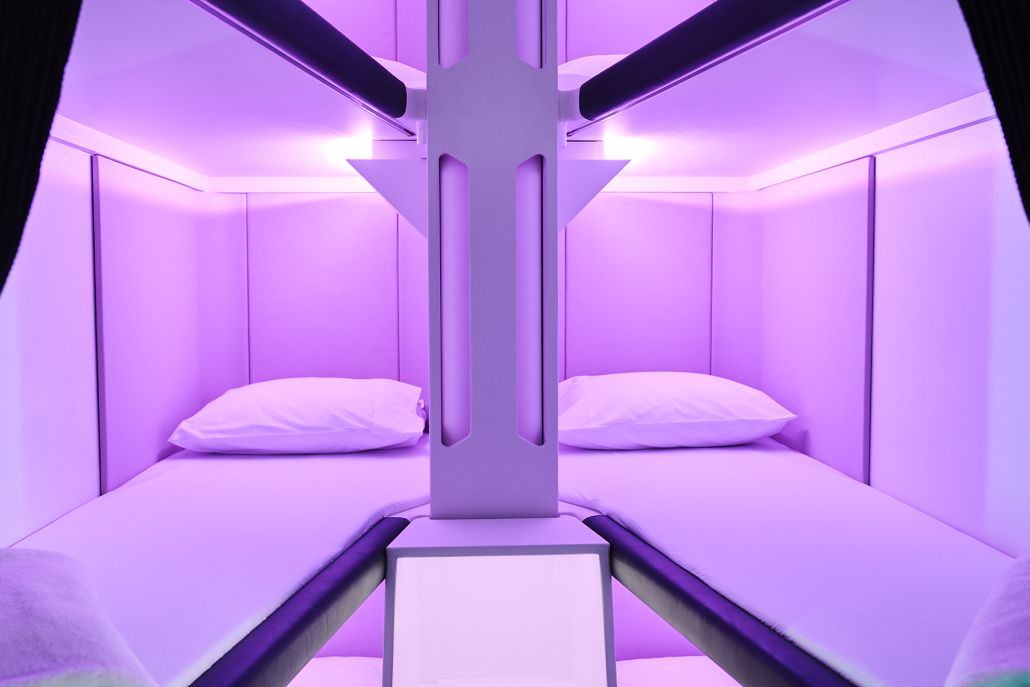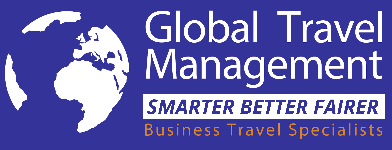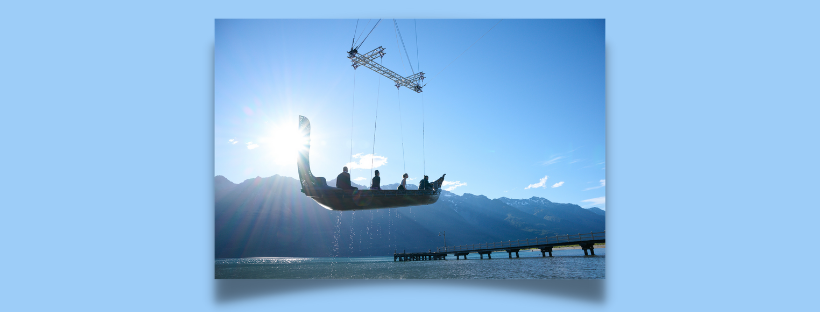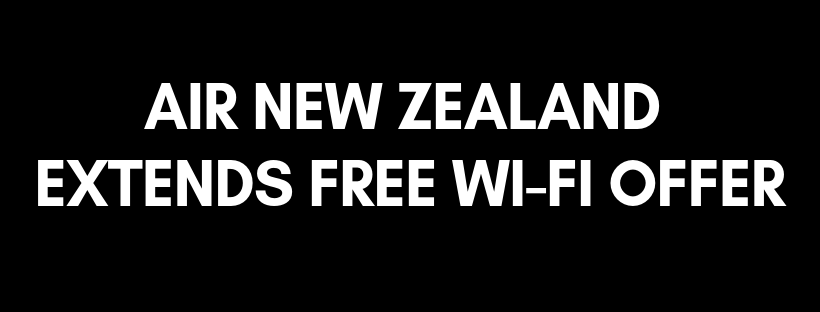Air New Zealand introduces Skynest Sleep Pods for Economy passengers
Air New Zealand has announced the launch of Skynest, the world’s first sleep pods in the sky, which will be available from September 2024.
The airline is responding to overwhelming customer feedback on the importance of sleep and the need for more comfort and space during long-haul flights.
The Skynest will be a six-pod configured sleep zone located between Premium Economy and Economy cabins. It will provide economy passengers with the opportunity to lie flat and rest during longer flights, adding more flexibility to the economy travel experience.
Each Skynest pod will include a full-size pillow, sheets and blanket, earplugs, a separate reading light, personal device USB outlet, ventilation outlet, and lighting designed for rest. The bedding will be changed between each session, and a 30-minute transition time will be allowed for this. The lights will gently come on at the end of each session, and crew will politely wake any passengers who sleep through this. Each passenger will be limited to one session, with families travelling on the same ticket able to book a session for each passenger, pending availability.
The Skynest concept has been a world-first since it was first announced in 2020.

Air New Zealand Chief Customer and Sales Officer Leanne Geraghty says Skynest is going to be a real game changer, adding more flexibility to the economy travel experience. Skynest provides economy passengers with another opportunity to lie flat and rest during longer flights, making it a particularly attractive option for UK-based business travellers.
Air New Zealand’s new Dreamliners, due to arrive in 2024, will provide “the most choice of any airline in the world”, offering the best sleep in the sky regardless of the cabin customers choose to fly in.
The new cabin experience has been driven by innovation from nose to tail, and the Skynest is just one of the exciting new offerings. The interior design of the cabin is inspired by the uniqueness of Aotearoa, the Maori name for New Zealand, so customers will experience New Zealand as soon as they step onboard.
The new cabin experience includes a new Business Premier Luxe suite, a new Business Premier seat, and the Skynest. The Business Premier Luxe seat is designed for customers looking for more space and privacy, while the Skynest is the world’s first sleep pods in the sky for economy travellers.
For economy customers, the Skynest concept may well be a game changer.
Air New Zealand CEO Greg Foran points to the airline’s ambition to create the greatest flying experience, and the new cabin, combined with world-leading Kiwi hospitality, is the winning formula.
Sustainability has been at the heart of the design process, and the use of modern fabrics has saved around one kilogram in weight per Business Premier and Premium Economy seat, reducing overall carbon emissions.
Air New Zealand’s Skynest is set to revolutionise the economy travel experience, providing a game-changing option for UK-based business travellers. With Skynest, Air New Zealand is offering the most choice of any airline in the world, providing the best sleep in the sky regardless of the cabin customers choose to fly in. The Skynest is just one of the exciting new offerings in the airline’s innovative new cabin experience, which includes a new Business Premier Luxe suite, a new Business Premier seat, and other options for customers looking for more space and privacy.














